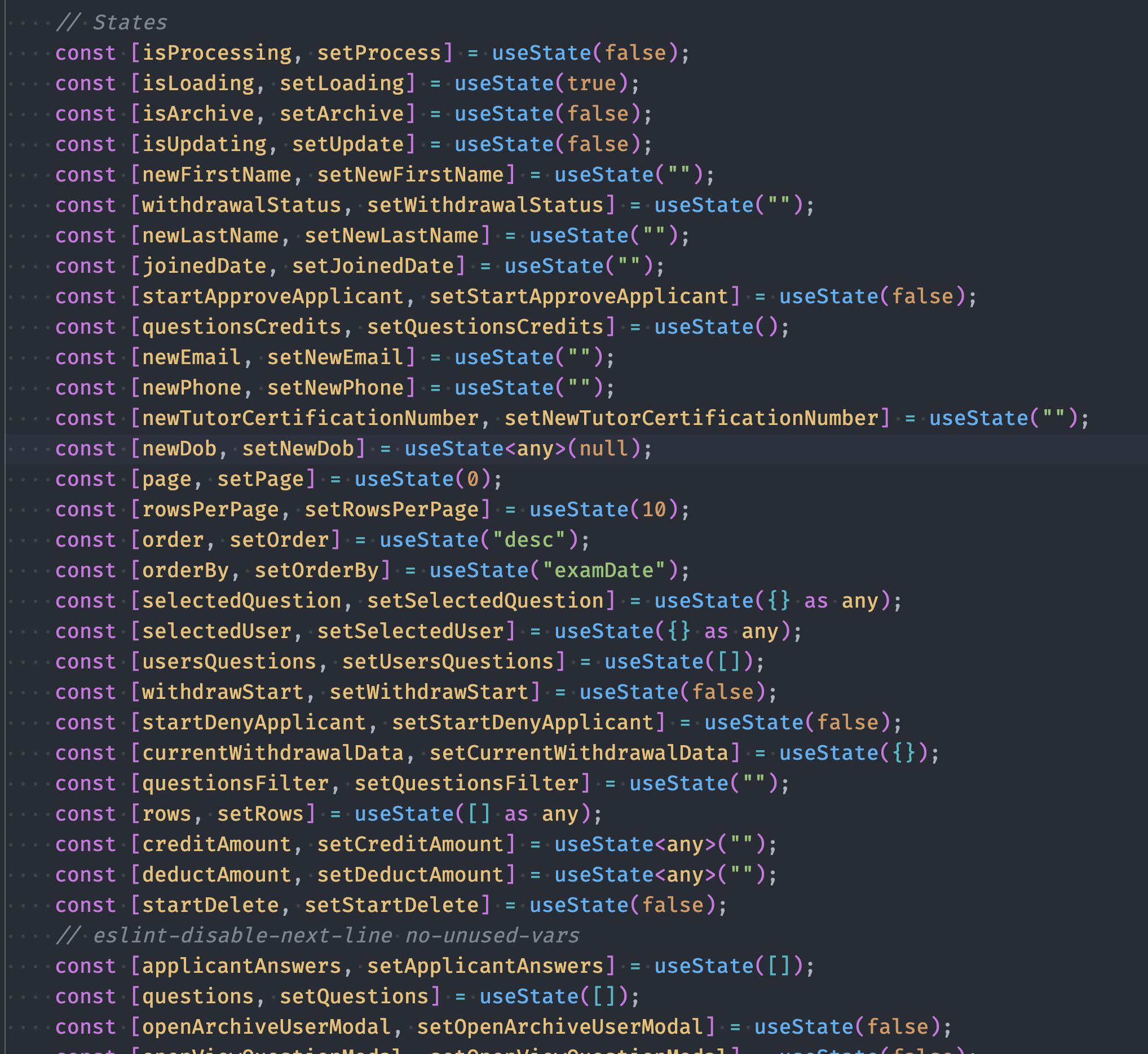Table of Contents
When Code Isn’t Enough: Why “Feature Complete” Fails in Production
The software industry often confuses writing code with solving problems. That misconception quietly costs millions from startups and established companies alike. Teams rush to deliver MVPs built by developers who can “code React” but can’t design systems that scale — leading to unmaintainable apps, rebuild cycles, and soaring expenses.
One founder’s experience made this painfully clear: after paying for a “senior Next.js developer”, their entire frontend had to be rewritten within months. When that story was shared on LinkedIn, hundreds of founders and CTOs echoed the same message: framework fluency does not equal engineering maturity.
“Code is like humor. When you have to explain it, it’s bad.” — Cory House
The pattern repeats worldwide. Companies of all shapes and sizes focus on checklists and tool adoption, prioritize building features over hiring engineers, and rack up technical debt faster than they can manage growth. In 2022, the Consortium for Information Technology Software Quality (CISQ) estimated that U.S. companies lose over $2.4 trillion annually due to poor software quality — money wasted on rebuilds, missed releases, and slow deliveries.
Why Developers Think They Were Hired Just to Code
Job descriptions and incentives influence developer behavior. When postings appear like this:
- 3+ years React
- 5+ years Next.js
- TypeScript proficiency
- Redux knowledge
- REST API experience
…it tells candidates, “your value is measured by tools and frameworks, not thinking.”
Then performance reviews reinforce that idea. Developers are rewarded for tickets closed and story points completed, rarely for system reliability, maintainability, or user satisfaction.
Add AI to the mix and the situation worsens. Tools like GitHub Copilot and ChatGPT allow junior developers to generate complex code without understanding its implications.
According to Stack Overflow, 77% of developers use AI assistants — yet many can’t critically evaluate the output. The result? When combined with vague requirements and little architectural oversight, it’s no surprise that inexperienced developers produce feature‑complete apps that crumble under real‑world conditions.
Code Audit Reveals: The Real Cost of Framework-First Development
When we inspected what was supposed to be a “clean React/Next.js app,” the first file told the whole story: one component managed 15 independent states with useState, lacked error handling, and had disabled ESLint rules.

This wasn’t an isolated mistake — it was structural. The full audit revealed predictable patterns of technical debt stemming from a framework-first hiring approach.
Here is a compact table that provides a better understanding of the current state of the client project and the level of issues.
| Priority | Category | Key Technical Issues | Business Impact |
|---|---|---|---|
| P0 — Critical | TypeScript & Safety | • 234 any types• Disabled strict mode • Inconsistent props • Missing null / undefined guards | • Runtime crashes • Unclear contracts • Slower onboarding |
| Firebase Integration | • 943-line utils file • Unclosed listeners • No retry logic • No central error handler | • Cloud-cost waste • Data loss • Unreliable sync | |
| Component Architecture | • 1000+ line components; • UI + logic coupled; • No domain layers | • Slower feature delivery • Complex debugging • Scaling blocked | |
| P1 — High | State Management | • Context overuse • Prop drilling • Inconsistent updates • No ownership split | • Performance lag • UI instability • Team confusion |
| Performance & Optimization | • No memoization • No code-splitting • Blocking main thread | • 5-8s LCP • Lost SEO traffic • Conversion drop | |
| Security & Error Handling | • 104 console.logs in prod• Exposed API keys • No global boundaries | • Data leak risk • Compliance issues • Brand damage | |
| P2 — Medium | Code Quality & Consistency | • Mixed naming • Duplicate helpers • Dead code • CSS clutter | • 40% larger bundles • Harder maintenance |
| Testing & Documentation | • Zero tests • No prop/API docs • Missing JSDoc | • Regression bugs • No knowledge transfer | |
| Accessibility & UX | • No ARIA • No keyboard nav • No loading states | • Legal risk • User abandonment | |
| P3 — Low (Structural) | Architecture Improvements | • No service layer • API calls in UI • No caching • No offline support | • Slow data fetch • Limited scaling |
| Developer Experience (DX) | • No Storybook • No lint hooks • No debug tools | • Low morale • Bug leakage • Slow reviews | |
| P4 — Forward-Looking | CI/CD & Observability | • No auto build/test • No perf tracking • No structured logs | • Regression blind spots • Release anxiety |
| Scalability & Maintainability | • Hard-coded configs • No env separation • No feature flags | • Costly refactors • Downtime on deploys |
P0 - Critical → Must fix immediately (show-stoppers, severe risks)
P1 - High → Fix within 2 weeks (major performance/security issues)
P2 - Medium → Fix within 1 month (quality, UX, consistency gaps)
P3 - Low → Fix within 3 months (long-term architecture & tooling improvements)
P4 - Forward-Looking → Fix within 3 months (TODO list)
The most critical issues included massive useState overuse creates performance bottlenecks. Thousands of lines of unused code inflate bundle sizes by 40%, and a complete reliance on client-side rendering, despite using Next.js, effectively ignores the framework’s core performance optimizations. The developer had disabled most ESLint rules, avoided TypeScript’s strict mode, and implemented no code review processes, resulting in a system where every architectural mistake was directly introduced into production.
“If you think good architecture is expensive, try bad architecture.” — Brian Foote, Software Architect (author of “Big Ball of Mud”)
That single quote encapsulates the entire audit: the illusion of “cheap” development often leads to the most expensive outcomes.
Hidden Business Costs of Technical Debt
Every architectural shortcut and misuse of the framework added compound costs that could eventually threaten the company’s competitive position and growth trajectory.
Each problem was a predictable result of framework-focused development. The developer was familiar with React syntax but lacked the engineering judgment to select suitable rendering strategies, manage application state effectively, or apply performance optimizations.
More importantly, they didn’t grasp the business impact of these technical choices—such as how poor Core Web Vitals affect SEO rankings, how excessive client-side rendering lowers conversion rates, or how architectural inconsistency makes future development significantly more costly.
Excessive client-side rendering and bloated JavaScript bundles caused pages to load in 5-8 seconds instead of the industry-standard 2 seconds, directly leading to user abandonment. Research from Google shows that 53% of users leave sites that take longer than 3 seconds to load³, highlighting that technical shortcuts lead to measurable revenue loss.
The Problem-Solver vs. Checklist Coder
| Checklist Coder | Problem-Solver | |
|---|---|---|
| Mindset | • Executes tasks • Asks “what?” | • Explores context • Asks “why?” |
| Approach | Optimizes inside framework | Chooses architecture for outcome |
| Handling Change | Struggles with new requirements | Adapts patterns to constraints |
| Example Scenario | Adds useMemo to fix lag | Moves logic server-side or caches data |
A problem-solver treats each feature as a business experiment rather than just a ticket. Checklist coders deliver quickly, but build up hidden risks.
How to Build Engineering Culture Beyond Framework Skills
Creating engineering excellence requires more than hiring the right people—it demands systematic practices that promote quality thinking over quick fixes.
The audit revealed what happens when teams lack these guardrails: even well-intentioned developers make costly mistakes when organizational culture doesn’t support engineering discipline.
Founders and CTOs must create processes and incentives that make good engineering the default:
- Conduct code reviews that focus on architectural decisions and performance, rather than just syntax and style. High‑impact changes should be approved by senior engineers who understand both technical and business implications.
- Automate quality checks. Use tools such as ESLint, Prettier, or Biome with strict rules to catch anti-patterns, and integrate continuous integration (CI) pipelines to run tests, security scans, and performance benchmarks on every pull request.
- Enforce type safety. Adopt TypeScript in strict mode, which catches errors early and serves as living documentation (it won’t replace the real dev documentation).
- Invest in training. Provide education on architecture, performance optimisation, and business fundamentals. Encourage developers to participate in user research and product discussions so they understand the impact of their decisions.
- Measure what matters. Track reliability, performance, and customer satisfaction alongside feature velocity. Celebrate engineers who prevent problems and improve design rather than those who simply ship the most code.
When technical practices align with company values and user expectations, quality becomes a competitive advantage. Frameworks evolve, but engineering excellence endures.
Next Steps for Founders, SMB Owners and CTOs
If this story feels too familiar, don’t wait for a crisis to act. Here are practical steps to take now.
- Audit your systems. Run basic performance tests using tools such as Google PageSpeed Insights. Check bundle sizes and look for signs of architectural missteps (monolithic components, heavy client‑side logic).
- Review your development process. Ensure that code reviews are substantive and that CI pipelines block poor code from reaching production. Examine whether architectural decisions are documented and revisited.
- Reassess your hiring criteria. Update job descriptions to emphasise problem‑solving ability, architectural thinking, and communication skills. Balance teams with senior engineers who can mentor juniors and guide technical decisions.
- Prioritise continuous improvement. Implement quality gates, performance monitoring, and technical leadership structures. Small investments here prevent the massive cost of later rebuilds.
When to Seek External Review
If you observe persistent slowness, high regression rates, or developer frustration, commission a technical audit.
Independent reviewers often identify architectural flaws that internal teams may overlook.
Early audits typically cost 10–20% of a complete rebuild and prevent months of delay.
Next Steps for Software Engineers
Framework knowledge might land you a job, but engineering excellence sustains your career. To become a developer who adds long‑term value:
- Learn the business context. Ask why features matter, how they affect revenue or user satisfaction, and what metrics they influence. Understanding the problem improves your solutions.
- Master architectural patterns and performance. Study design patterns, layering strategies, and rendering techniques. Use tools like React DevTools and browser performance APIs to profile and optimize your code.
- Embrace quality tools. Configure ESLint, Prettier, or Biome with strict rules. Advocate for TypeScript and automated testing to catch errors early.
- Participate in code reviews thoughtfully. Focus on design, performance, and maintainability. Share knowledge and learn from peers.
- Invest in continuous growth. Develop transferable skills—system design, database fundamentals, security, and user experience. Stay connected to users through support rotation or user research to understand the real‑world impact of your code.
The developers who advance their careers aren’t necessarily the ones with the most GitHub stars or the latest framework certifications. They’re the ones who solve meaningful problems, communicate effectively, and build systems that scale with the business.
Conclusion
Software development success isn’t about using the hottest framework—it’s about hiring and developing engineers who think holistically and solve real business problems. Companies that equate code output with problem-solving risk compounding technical debt and future failures.
By focusing on engineering judgment, architectural discipline, and aligning technical practices with business goals, both founders and software engineers can create sustainable and competitive SaaS and E-commerce solutions.

